In last week’s column, I included a reader’s postcard which celebrated that our city streets are kept clean of dust and debris in all seasons and swept clean of snow in the winter. Our founding fathers, from the outset, were concerned about street maintenance and cleanliness. Let’s have a peek at how the first City of Fallon officers raised money for services and addressed the street sanitation issues confronting them.
Fallon’s First Ordinances
The passing of Fallon’s first ten City Ordinances closely followed the election of the first city council in 1908. Mayor Judson Jones and City Councilmen C.W. Foote, Alonsa Lofthouse, and James Vannoy took office on September 28, and by February 4, 1909, they had drafted the first ten ordinances. City Ordinance 1 was aimed at placing money in the coffers of the new city by establishing fees for business licenses. Most shops and businesses were assessed $3 or $6 a quarter. The list of exceptions to the “ordinary fees” is quite fascinating. Although the term “sin tax” had yet to be coined, it is one lens through which to view the list of “other businesses” assessed higher license fees. Fortune tellers paid $30 a quarter, as did peddlers. Saloons were assessed $45 a quarter (producing good revenue in a city filled with saloons but creating anxiety among the saloon owners). Circuses paid $30 per day for a license to set up their tents within the city limits.
For the fledgling city council, licensing businesses created an obligation to provide services in return. They focused heavily on maintaining the cleanliness of city streets and alleys. Ordinance 3 made it illegal for humans to eliminate their human waste on the streets of Fallon. Ordinance 4 was designed to “Abate the Nuisance of Dogs Running at Large” on the streets of Fallon. Ordinance 8, Section 4 made it unlawful to keep any “pit, pool or standing vat of water for tanner’s or dyer’s use, or for any other purpose whatever that will render it unwholesome or offensive or to discharge, leave open, place or keep in any street, alley, lot, ward or other place within the city any noxious privy, sink or cesspool, manure, stagnant water or any dead animal, bird or fish or… filth of any kind or nature whatever.” Ordinance 9 called for the licensing of “City Scavengers,” that is, those hauling debris or cleaning cesspools, privies, or water closets. Minutes of early Council meetings suggest that, in many instances, an entire meeting was devoted to city street-cleaning issues. As one case in point, in April 1911, in the face of what must have been a full-on invasion of flies, the council ordered Giant Fly Traps and commenced a city-wide clean-up of streets, alleys, and corrals, the trash to be hauled away by the city at city expense. At a meeting held later that year, a newly- elected city council immediately acted to employ a street-cleaning service.
How many streets were there to clean at the time? You might be surprised by how fast our little town had expanded from its humble beginnings at the corner of Maine Street and Williams Avenue. A 1910 Fallon Census shows that Fallon families were living on Maine Street, Williams Avenue. Nevada Street, East Street, Center Street, 1st Street, Richards Street, Laverne Street, Lincoln Street, Broadway Street, A Street, B Street, Carson Street, Russell Street, Taylor Street, Ada Street, Court Street, Park Street, Humboldt Street, and Edna Street. Edna Street does not exist on today’s city street map, but it is thought to have been located east of Humboldt Street.
Please send a postcard to [email protected]. Tell your story. Take inspiration from the following topics or write on one of your own: a Fallon school or a memorable teacher; the best close place for a picnic; memories of growing up in town; memories of growing up on a farm; first impressions upon moving here; the Fallon pool; the Dry Gulch Saloon; fishing and hunting in the valley; Lahontan Dam; the PTA Parade; a club; Churchill Arts Count; a friend aunt, uncle grandmother, grandfather mother, father, neighbor who is part of the fabric of this place. Let me add the topic “rodeo” to the list, and I would love to hear from the local Native American community.
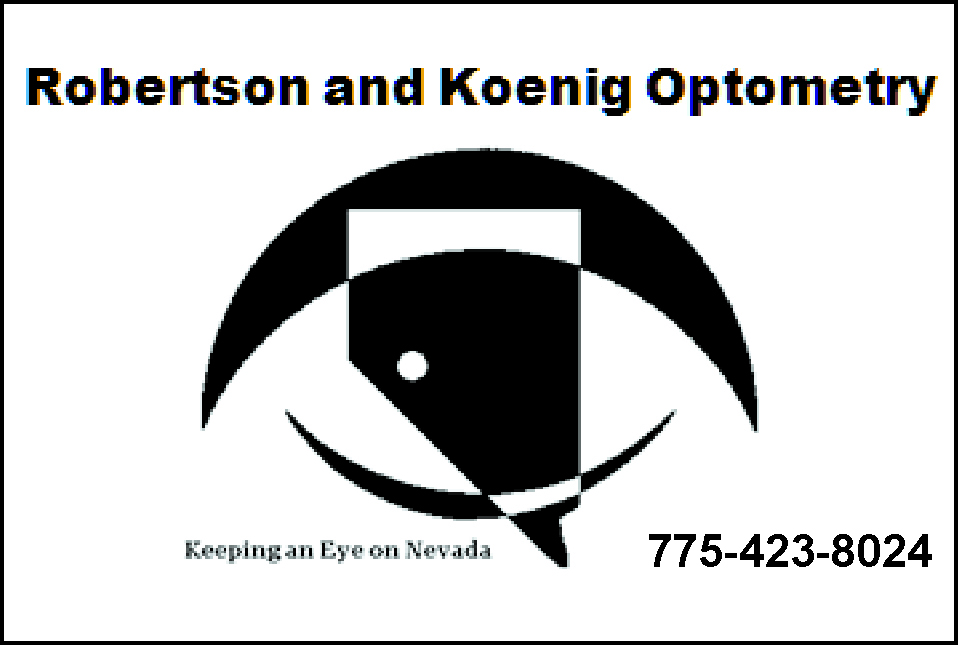


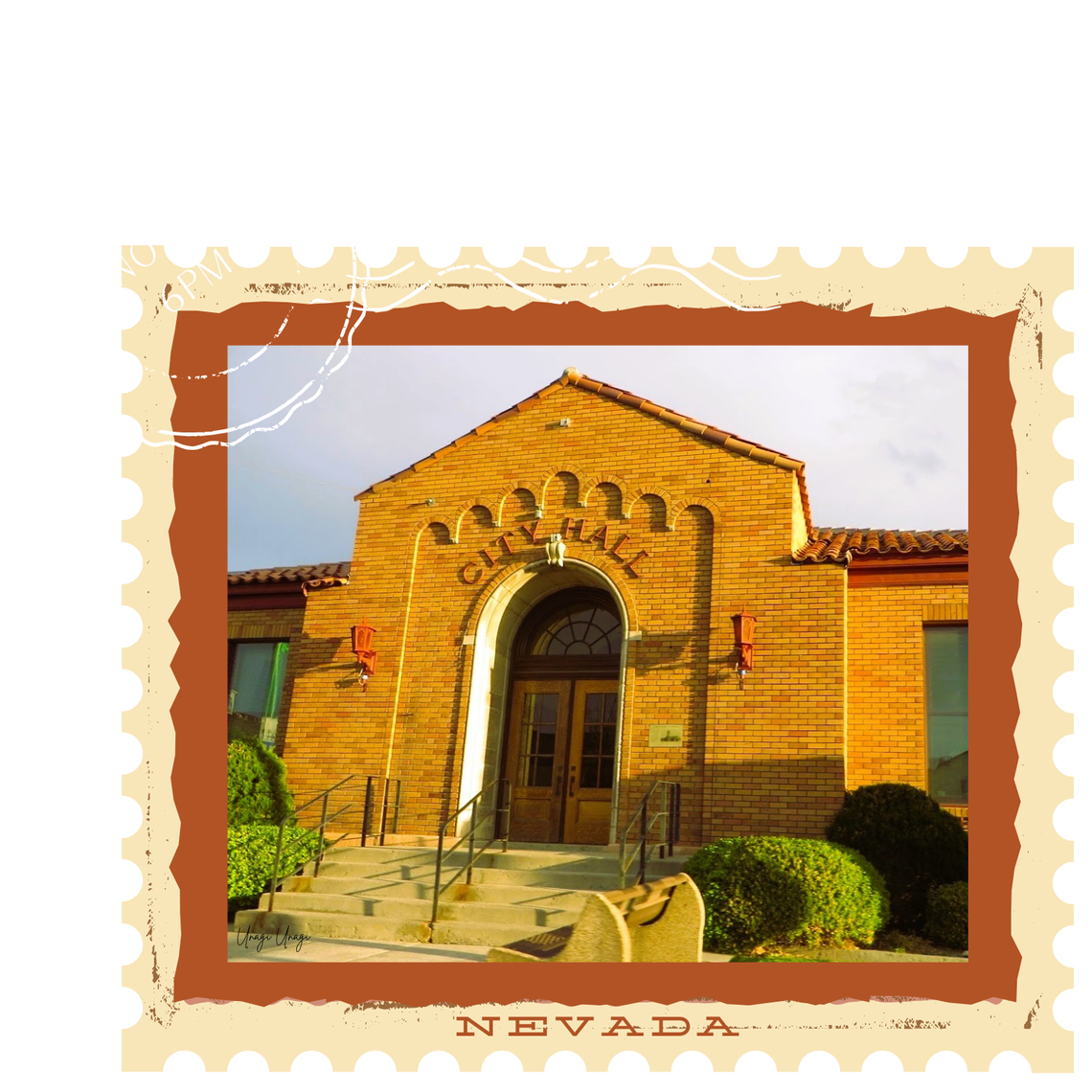
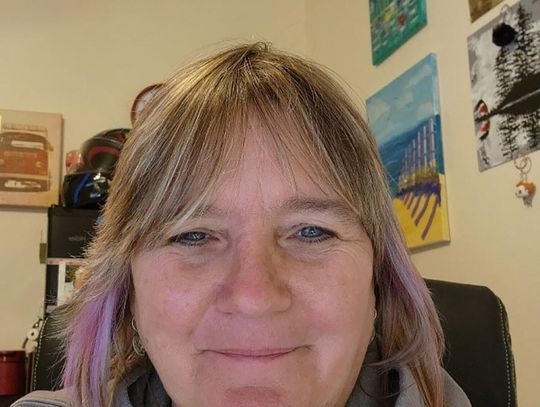
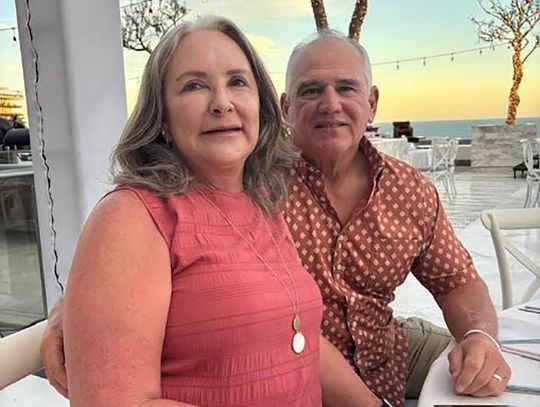
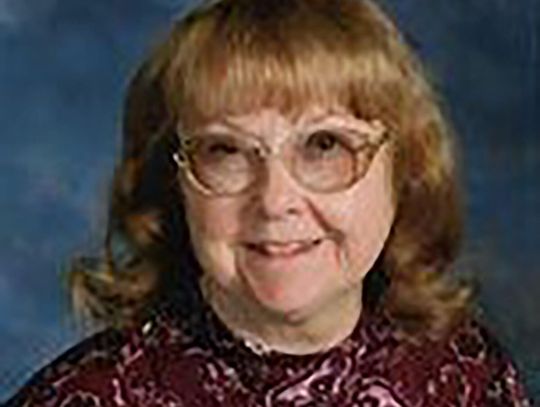
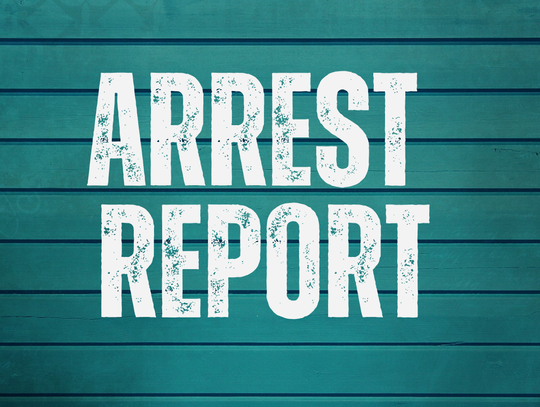
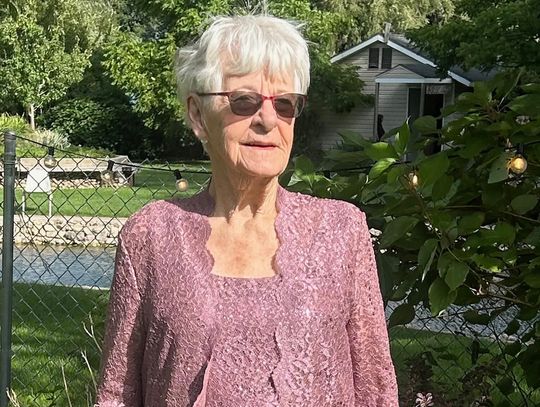

Comment
Comments